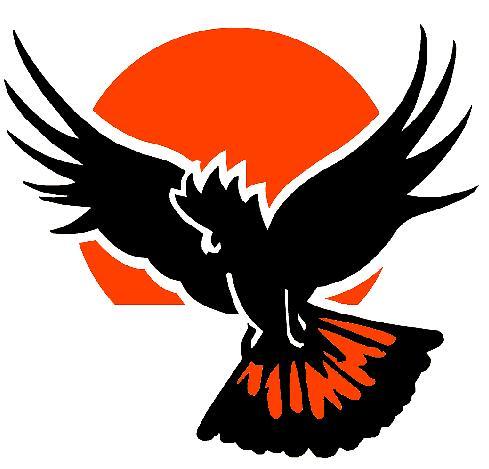Help our Red-tails
Fence off existing stands of Stringybark and Buloke and scattered paddock trees on your property, to protect from stock damage and to allow for natural regeneration.
Incentives for nests
Incentive payments are again being offered to landholders and members of the public for the discovery of new nests sites as part of the Red-tail Nest Incentive Scheme.
Join the count
Although we can’t guarantee you’ll see a Red-tail on the day, we’re sure you’ll enjoy a fun day out in the bush searching for our colourful cockatoos.
Welcome
Help our Red-tailed Black-Cockatoos – funding available for SE landowners
 Image: Geoffrey Dabb
Image: Geoffrey Dabb
The Communities helping Cockies project has funding to help South East landowners to plant trees and protect habitat for the endangered South-eastern Red-tailed Black-Cockatoo.
The Communities helping Cockies project expands on Zoos SA’s highly successful Cockies helping Cockies project which has been running for nearly a decade around the Naracoorte and Lucindale areas.
Over the next three years, the project is looking to invest in revegetation of feeding trees as well as, woody weed control and fencing to improve and protect existing habitat. Sites close to areas where Red-tailed Black-Cockatoos regularly feed are a high priority.
Zoos SA’s Cockies helping Cockies Project Officer, Kerry Gilkes, said ‘the project is flexible to fit in with what farmers want and they are supported through every step of the process to ensure their project is successful.‘
A participating landholder, Jane Pryor said, ‘The Red-tailed Black-Cockatoo project has made us acutely aware of the vulnerability of these beautiful birds and their habitats, and the need for intervention by landholders and the community. Participating and contributing to the project has been exceptionally rewarding.’
Alan Tregoweth, a farmer from Lucindale agrees, ‘It’s a very easy program to be involved in, with minimal effort required by the land owner which makes it so easy.’
Trees For Life Habitat Officer, Cassie Hlava said, ‘with only 1500 red-tails remaining in the wild, it’s critical that trees are planted now to provide future feeding habitat. We hope that Limestone Coast farmers will continue their great work and partner with us to make the most of the funding we currently have available to keep the cockies here for their grandkids.’
The cockatoos mainly feed on brown stringybark and desert stringybark which grows on sandy soils between Keith and Mount Gambier. Though much rarer, buloke is also a valuable food tree that can be planted in clay or loam soil in its natural range close to the border in between Naracoorte and Bordertown.
If you have stringybark or buloke on or near your place and are interested in revegetation, woody weed control or fencing habitat, please contact Kerry Gilkes on 0429 660 027 to discuss your project idea and register your interest.
Communities helping Cockies is supported by the Limestone Coast Landscape Board, through funding from the Australian Government’s National Landcare Program and is delivered in partnership by Birdlife Australia, Zoos SA and Trees For Life.
Redtail News
-
BirdLife Australia and the Recovery Team are once again looking for volunteers to assist with the 2024 annual count for the nationally endangered South-eastern Red-tailed Black-Cockatoo.
This year the count will be held on Saturday 4 May across the cockatoo’s range in the South East of South Australia and South-west Victoria.
More%20edit.jpg)
-
Feb 14, 2014
Latest Video
.png)







